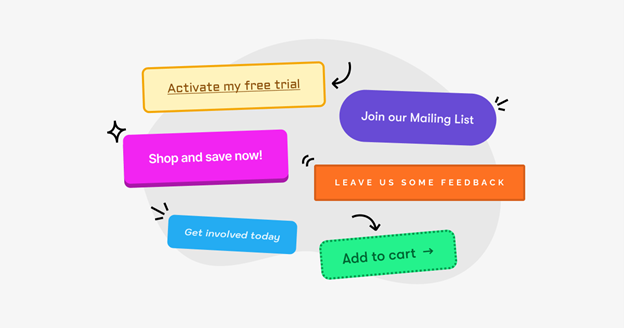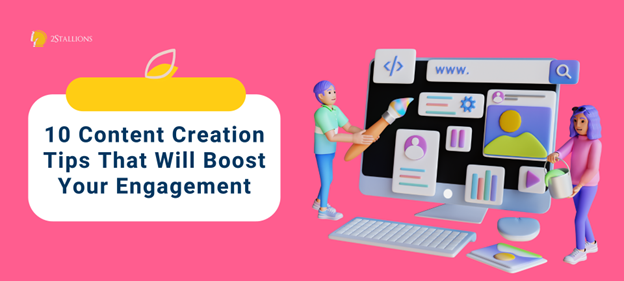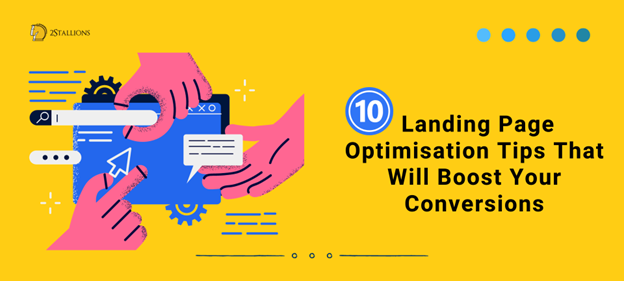SHARE
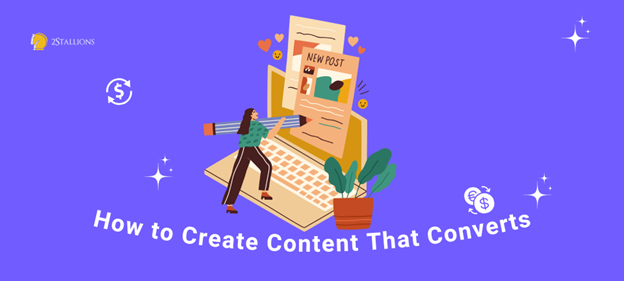
Creating content that converts is a vital skill for any digital marketer or business owner. In today’s fast-paced online landscape, it’s no longer enough to simply produce quality content. You need to ensure that your content is designed to drive conversions and achieve your business goals. In this article, we will delve into the basics of conversion-focused content, the importance of conversion in digital marketing, and the steps you can take to create content that resonates with your target audience and motivates them to take action.
[thrive_leads id=’8445′]
Understanding the Basics of Conversion-Focused Content
Before we dive into the specifics, it’s important to understand what conversion-focused content entails. Put simply, conversion-focused content is designed with the primary goal of encouraging users to take a specific action. This can range from making a purchase, signing up for a newsletter, filling out a form, or any other action that aligns with your business objectives. The key to creating effective conversion-focused content lies in understanding your audience and tailoring your messaging and strategies accordingly. You can greatly increase the likelihood of conversion by employing persuasive language, compelling headlines, engaging storytelling techniques, and strategic calls to action (CTAs).
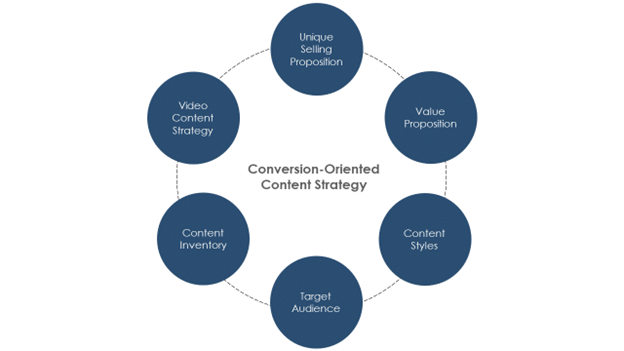
What is Conversion-Focused Content?
Conversion-focused content is carefully crafted with the primary intention of eliciting a desired action from the reader or viewer. This can be achieved through a variety of means, such as compelling storytelling, persuasive messaging, and strategic use of visuals. The ultimate goal is to guide users through a journey that starts with capturing their attention and ends with them taking the desired action.
The Importance of Conversion in Digital Marketing
Conversion is the backbone of digital marketing success. It measures the effectiveness of your content and campaigns by quantifying the number of users who complete a desired action. Whether it’s generating leads, making sales, or increasing website traffic, conversions are a direct reflection of how well your messaging and content resonate with your target audience.By focusing on conversion, you can optimise your marketing efforts and improve your return on investment (ROI). It allows you to better understand your audience, refine your messaging, and make data-driven decisions that will ultimately lead to business growth.
Identifying Your Target Audience
Before you start creating conversion-focused content, it’s crucial to identify and understand your target audience. By knowing who your audience is, you can tailor your content to their needs, preferences, and pain points. This will significantly increase the chances of resonating with them and driving conversions.
The Role of Demographics in Content Creation
Demographics play a significant role in content creation. Understanding the age, gender, location, income level, and other demographic factors of your audience can help you create content that speaks directly to their unique needs and desires. For example, if your target audience consists of millennials, you may want to use trendy language, incorporate pop culture references, or use social influencers to appeal to them.On the other hand, if your target audience is retirees, you may want to use more formal language, focus on topics related to retirement planning, and emphasise the importance of financial security.
How to Research Your Audience’s Needs
Researching your audience’s needs is crucial for creating content that converts. There are several methods you can employ to gather valuable insights:
- Conduct surveys and polls: Reach out to your existing customers or conduct online surveys to gather feedback on their needs, pain points, and preferences.
- Use analytics tools: Utilise analytics tools like Google Analytics to gather data on user behaviour, preferences, and demographics.
- Monitor social media: Keep an eye on social media platforms to see what topics and trends are resonating with your audience. Look for common questions, comments, and concerns.
- Engage with your audience: Take the time to interact with your audience through comments, direct messages, or forums. This can provide valuable insights into their needs and preferences.
Crafting Compelling Headlines
The headline is often the first thing users will see, so creating compelling and attention-grabbing headlines is crucial to capturing their interest and encouraging further engagement. Here’s how you can craft headlines that truly resonate:
The Power of Persuasive Language
Persuasive language can greatly impact the effectiveness of your headlines. Incorporate strong verbs, emotional triggers, and unique selling points to capture attention and create a sense of urgency. For example, instead of saying “Learn about our new product”, try “Discover the revolutionary solution that will transform your life”.
Tips for Writing Attention-Grabbing Headlines
- Keep it concise: Aim for headlines that are clear, concise, and easy to understand.
- Use numbers and statistics: Incorporate numbers and statistics whenever possible to grab attention and add credibility to your claims. For example, “10 Ways to Boost Your Productivity” or “80% of Customers Recommend Our Services”.
- Pose a question: Asking a thought-provoking question can pique curiosity and encourage readers to continue reading. For example, “Are You Making These Common Marketing Mistakes?”
- Highlight the benefits: Clearly communicate the benefits readers will gain from engaging with your content. Focus on the value they will receive and how it will improve their lives or solve their problems.
- Experiment with different formats: Don’t be afraid to experiment with different headline formats, such as lists, “how-to” guides, or intriguing statements.
Writing Engaging and Persuasive Body Content
Once you’ve captured your audience’s attention with a compelling headline, it’s essential to deliver on your promise through engaging and persuasive body content. Here are some key techniques to keep in mind:
The Art of Storytelling in Content Creation
Storytelling is a powerful technique that can captivate your audience and create an emotional connection. Use storytelling to convey your message, highlight real-life examples, or share customer success stories. This will make your content more relatable and memorable.
Using Persuasive Techniques in Your Content
Persuasive techniques can greatly enhance the effectiveness of your content. Here are a few strategies to consider:
- Establish credibility: Use data, case studies, or expert opinions to establish your authority and build trust with your audience.
- Evoke emotions: Appeal to your audience’s emotions by tapping into their wants, needs, and desires. Show them how your product or service can fulfil their emotional needs and improve their lives.
- Create a sense of urgency: Encourage users to take action by creating a sense of urgency. Limited-time offers, exclusive deals, or scarcity tactics can motivate readers to act quickly.
- Address objections: Anticipate and address potential objections or concerns your audience may have. Clear any doubts and provide reassurance by highlighting the benefits, testimonials, or guarantees.
Incorporating Strong Calls to Action
A call to action (CTA) is a crucial element of conversion-focused content. It serves as the final prompt for users to take the desired action. Here’s how to make your CTAs more effective:
The Elements of an Effective Call to Action
An effective call to action should be clear, concise, and persuasive. It should clearly state the action you want users to take and convey the value they will receive by doing so.
Include action verbs that are specific and compelling. For example, instead of “Click here”, try “Start your free trial”, “Get instant access”, or “Unlock exclusive content”.
Positioning Your Call to Action for Maximum Impact
Placement and design play a significant role in the effectiveness of your call to action. Here are a few best practices to consider:
- Visibility: Ensure your call to action stands out by using contrasting colours, larger fonts, or buttons.
- Position: Place your call to action in a prominent location where it is easily visible and accessible. Above the fold or at the end of your content are common positions.
- Relevance: Align your call to action with the content surrounding it. Ensure that it relates to the topic and provides a clear next step for the user.
Conclusion
Creating conversion-focused content requires careful planning, understanding your audience, and employing persuasive techniques. By implementing the strategies outlined in this article, you can create content that not only captures attention but also drives users to take action. Remember to continuously track and analyse your results to optimise your content and maximise your conversions. Happy creating!
[thrive_leads id=’3523′]
Frequently Asked Questions About Content That Converts
How Can I Create Content That Converts?
What Is Conversion in Content Writing?
Conversion copywriting is a type of persuasive writing that aims to get a person to take a specific action, often to buy a product or service. Conversion copy narrows the focus of writing to a single goal—to convert, which means getting the reader to do something right then and there.
What Is Conversion Focused Content?
Conversion-oriented content refers to compelling writing that provides value to your readers while encouraging them to take action.




